Denmark’s biggest occupational pension provider, PFA, is all in favour of domestic and global equities exposure, and has worked in recent years to minimise the portfolio’s tracking error.
The downsides of its previous stock-picking approach became painfully clear in late 2020 when underweighting tech stocks meant missing out on crucial market gains – a disappointment that prompted the fund to move closer to its benchmark.
But to say the DKK828bn (€111bn) pension fund has moved from active to passive is wrong, says Kasper Lorenzen, PFA group chief investment officer.
“If you focus on that single building block of listed equities, then it’s absolutely true, we have moved from what would be traditional stock-picking into something that’s much more anchored to an index, and with some risk management around it,” he tells IPE.
“And it’s also true that we’ve adjusted the organisation from one where we used to have eight to 10 stock-pickers employed, and now only have a couple of them, and we run much more as a liquid markets team, much more top down,” says the CIO.
“But this is not passive management, because there are still a number of active decisions. We don’t do traditional stock picking on the global portfolio but we still focus on concentration risk, on whether we think Tesla, Meta or Microsoft come with too much concentration risk given the valuation.
“We care about the top-down overall risk, about the largest exposures – about the cluster risk. We care about the concentration risk to tech, and we still do risk management on that – and I think that’s extremely important,” says Lorenzen, who joined PFA from ATP back in 2019.
In late 2020, underweights in some tech stocks caused PFA to miss out on a market rally, and give up the lead it had won earlier that year during the crash at the start of the pandemic.
“There are always some biases when you run active risk; the stock pickers often convince themselves that growth equities are too expensive”
Kasper Lorenzen, PFA group chief investment officer
Spurred partly by that experience, the fund then sized down the tracking error from the spring of 2021, building an index anchor and changing the active/passive position from 100% active to 50/50.
“There are always some biases when you run active risk; the stock pickers often convince themselves that growth equities are too expensive, at least that’s my experience,” the CIO says.
In late 2022, PFA then dialled that semi-index approach up to full index exposure.
“We didn’t want to be underweight US tech – that was based on a winner-takes-all belief, which we had even though at the time US tech looked a bit expensive relative to a number of things,” he says.
In 2023, PFA’s equity and fixed income teams were merged into a single liquid markets team, and a year later, the alternatives and real estate teams were combined into one private markets team.
Active vs passive
Although the portfolio is now much more anchored around a benchmark, with risk management around it, Lorenzen says there are many active decisions going on in PFA’s equity management.
“It’s a very big decision which specific index you’re going to sit around. There are some established indexes out there, but you still have to decide, what kind of home bias do I want to have? Small or big? What kind of emerging markets do I want to run? MSCI ACWI? MSCI World?
“You’ve still got to ask yourself: what’s my opinion about China? It is no-go? Is it full size?
“Once you’ve decided the index you want to sit around, then you don’t do traditional stock picking, you do top-down risk management instead.
“And then of course you have ESG screening. There’s about 10% of the universe that we don’t do, and that’s of course going to give you some tracking error to a benchmark,” he says.
PFA’s ESG screening presents tough portfolio construction challenges when the aim is simultaneously to achieve minimum tracking error.
“Tracking error is now sitting at around 30/40 basis points on what is actually only 90% of the investment universe. So there’s also some skill about this – it’s just a different skill set compared to traditional stock-pickers,” he explains.
The amount of gearing to add is another example of active investment management within PFA’s equities operation.
“Even though we have a so-called passive equities process, we can still lever it up and we can lever it down. So that’s really an active decision”
“Even though we have a so-called passive equities process, we can still lever it up and we can lever it down. So that’s really an active decision,” he says.
PFA’s DKK300bn of equities assets amount to around DKK330bn of market exposure because the pension fund is running 10% leverage.
Tracking error
And while PFA is operating a momentum strategy right now, Lorenzen says the pension fund has methods in place to reduce some of the exposure and lift the tracking error.
“We can reverse it. We can run overlays, leverage, and portfolio insurance on this block,” he says, adding that determining the point at which to deviate from the momentum strategy is another active choice to be made.
“Right now I’m very comfortable to be sitting here with not much tracking error, but I could easily see that at one stage we’re going to take the tracking error up a bit again, and that’s going to be related to risk management.
“At some stage I can easily see we’re going to lighten the exposure to the large US corporates. Defence is also up for discussion,” he adds.
As things stand, the PFA CIO still sees full exposure to US tech companies as a wise position.
“As we get further into the 20s, that’s probably a period when we could say enough is enough – but I’m not sure it’s now,” he says.
“We’ve been there before, and we’re going to get there again. But there are still good free cashflows in these companies,” the CIO says.
New product profiles
Not only does PFA’s overall equities management remain in bullish mode, but at the level of the individual pension customer, the firm is also in the process of increasing the equities exposure of product profiles.
From 1 April this year, three new investment profiles will replace the four current profiles within the life-cycle approach where the equity portion is gradually phased out towards retirement.
The new profiles feature a higher proportion of equities, and the phase-out is being adjusted too, to maintain a higher return potential for longer.
Lorenzen says this ramping up of equities exposure is all part of the Danish pension saver journey, which began just before the global financial crisis, from guaranteed product to market-rate pensions and the higher risk and return potential they carry.
“As normal employees, owning equities is also our participation in capitalism,” he notes.
“Equities have historically come with higher returns as well as inflation indexation – but not necessarily with higher risk than so-called risk free assets, such as bonds – which we learned in 2022 are not completely risk-free either,” Lorenzen says.
The higher equity allocation in the product profiles also serves to institutionalise the level of equity risk that PFA is now habitually taking through the portfolio gearing.
“If you systematically run leverage, that’s probably because you don’t have enough risk in your product,” says Lorenzen, but adds that risk management overlays remain an important component in PFA’s investment strategy and processes.
Read the digital edition of IPE’s latest magazine


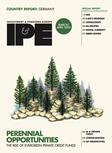


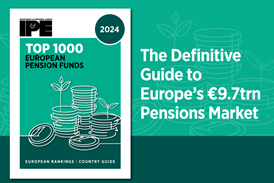
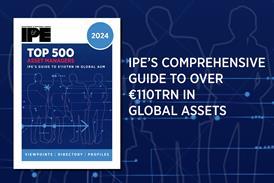

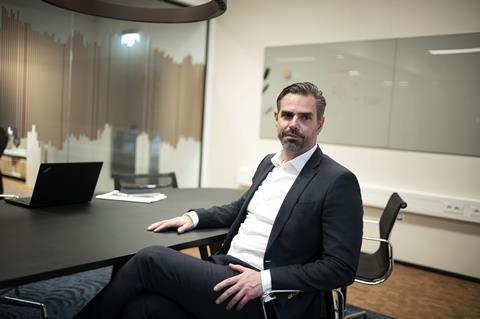


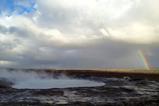

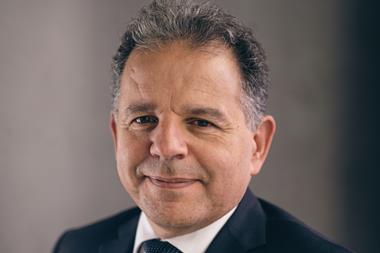
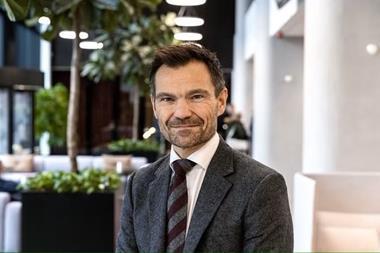
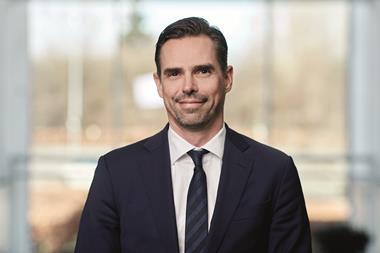
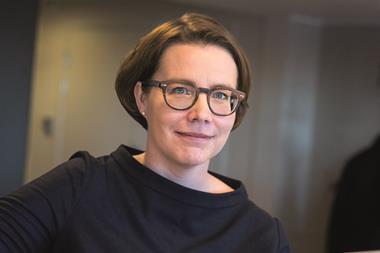

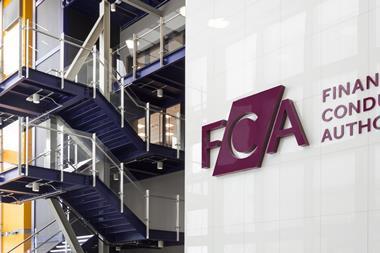
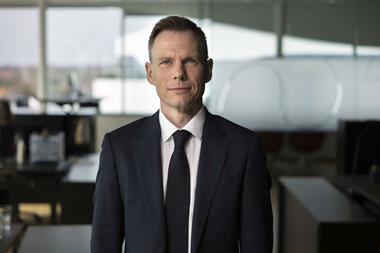


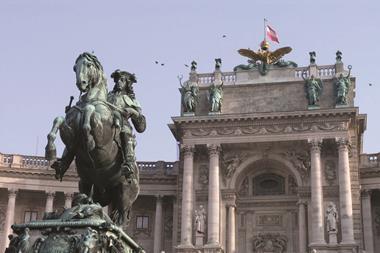

No comments yet